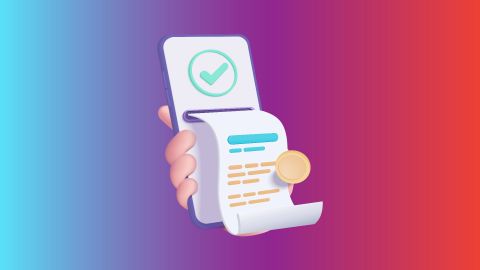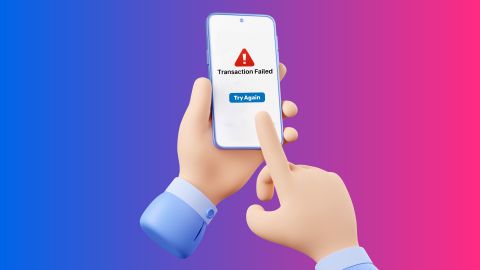Platforms like Bajaj Pay offer seamless mobile payment solutions, making digital banking more accessible and efficient. However, despite its numerous benefits, mobile banking comes with certain limitations and risks. Understanding both sides help users make informed decisions about incorporating mobile banking into their financial lives.
What is mobile banking
Mobile banking refers to the use of a smartphone or tablet to perform banking transactions via a bank’s mobile app or UPI. It allows users to access their bank accounts from anywhere, eliminating the need to visit physical branches. Mobile banking services include balance inquiries, fund transfers, bill payments, and even investment management.The process typically requires secure login credentials, such as a username and password, or biometric verification like fingerprint or facial recognition. Banks also implement multiple layers of encryption to ensure data protection during transactions.
Key benefits of mobile banking:
Accessibility: Services are available 24/7.
Convenience: Users can perform transactions on the go.
Speed: Transactions are processed almost instantly.
Despite these advantages, users must remain vigilant about security to prevent fraudulent activity. Reliable platforms like Bajaj Pay and other mobile wallet solutions prioritise safety while offering enhanced user experiences.
Advantages of mobile banking
There are several compelling reasons why mobile banking has become popular:
Ease of access: Users can check balances and perform transactions anytime, anywhere.Time-saving: No need to visit branches or ATMs for basic banking activities.
Cost-effective: Many banks offer free or lower fees for mobile banking services.
Immediate notifications: Users receive real-time alerts on account activity, enhancing awareness and security.
Enhanced control: Mobile banking provides full control over personal finances, with features like scheduled payments and transaction tracking.
These benefits make mobile banking an invaluable tool for managing money in today’s digital age.
Disadvantages of mobile banking
While mobile banking offers unmatched convenience, it has its downsides:Security risks: If users do not follow best practices, sensitive data may be compromised.
Technical issues: App crashes or server downtimes can cause transaction failures.
Device dependency: Users need a working smartphone and internet access.
Limited features: Some banking tasks may still require in-person visits.
Potential fees: Banks may charge for certain mobile transactions or services.
Understanding these drawbacks helps users take preventive measures and use mobile banking responsibly.
Security tips for mobile banking
| Tip | Details |
| Use strong passwords | Create unique, complex passwords and avoid sharing them. |
| Enable biometric authentication | Use fingerprint or face recognition for added security. |
| Avoid public Wi-Fi | Use secure networks to prevent data theft. |
| Keep software updated | Install updates to stay protected against new security threats. |
| Monitor account activity | Regularly check account transactions to detect unauthorised activities. |
These tips ensure a safer mobile banking experience, protecting users from potential fraud and data breaches.
How to decide if mobile banking is right for you
Here are key factors to consider before embracing mobile banking:Comfort with technology: Users must feel confident navigating apps and digital interfaces.
Security practices: Those who follow strict security measures will benefit the most.
Banking needs: Mobile banking suits users who need frequent access to their accounts.
Device reliability: A secure, updated smartphone is essential.
Internet access: Users need reliable data connectivity to avoid disruptions.
By evaluating these factors, individuals can determine if mobile banking aligns with their lifestyle and financial habits.
Conclusion
Mobile banking provides unparalleled convenience and control over personal finances. While platforms like Bajaj Pay enhance accessibility and efficiency, users must be aware of potential risks and adopt best security practices.Understanding the advantages and disadvantages of mobile banking allows consumers to make informed choices and enjoy a safer digital banking experience.




